INTRODUCTION
Chitral Valley at an elevation of 1128 meters has Afghanistan on its North, South, and West. It is surrounded by the Wakhan, Badkhshan, Asmar, and Nooristan areas of Afghanistan in the north, west, and south-west. On its southern boundary lies Dir. In the east lies the Gilgit agency and Swāt Kohistan. The narrow strip of Afghan territory, Wakhan, separates it from Tajikistan. The 7,788 meters (25,550 ft) Trichmir, the highest peak of the Hindukush mountain, dominates this 322km long exotic valley. No mountain in the region is less than 4000 feet and more than 40 peaks have an altitude of 20,000 ft. Chitral is divided into small valleys by the mighty Hindukush range. Chitral is undoubtedly the most romantic, captivating, and enchanting place in the majestic Hindukush range. It is a mountainous area in the extreme north of Pakistan.
The landscape of Chitral is extremely mysterious, with its steep harsh mountains, lush green valleys, beautiful meadows, and big glaciers, which have made it one of the most difficult and inaccessible areas of the world. The weather in Chitral is extremely harsh and cold in winter while the summer is very pleasant. There are certain famous places and valleys in Chitral like Garam Chashma Valley, Booni, Golen Valley, Madaklasht Valley, Arandu, Birir, Rumbur, and Bumburat.
History
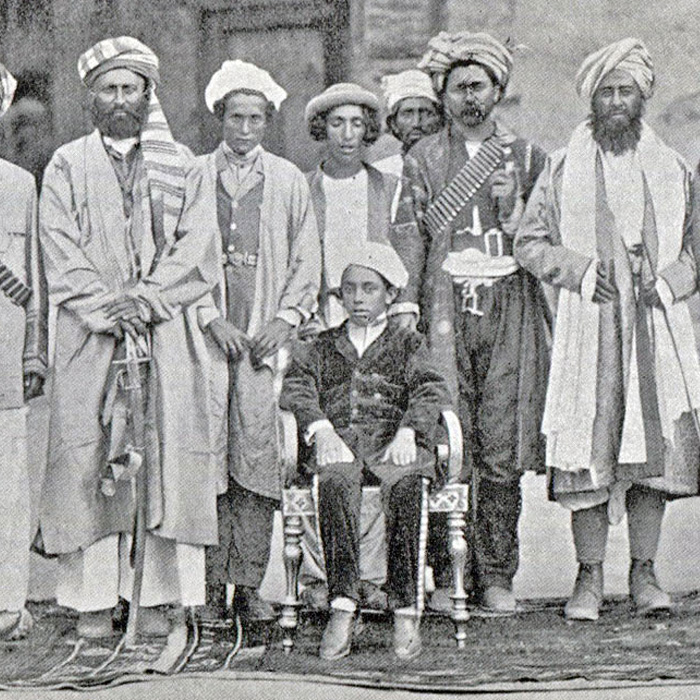
Historically Chitral was known as an independent princely state. After the independence, Chitral was the first state to declare the accession to Pakistan. In 1970, it was declared a district of Pakistan and attached to the Malakand Division.
One of the major attractions of Chitral is the Kalash valleys-the home of the Kafir-Kalash or “Wearers of the Black Robe”, a primitive pagan tribe. Their ancestry is enveloped in mystery and is the subject of controversy. A legend says that five soldiers of the legions of Alexander of Macedon settled in Chitral and are the progenitors of the Kafir-Kalash.
The 3,000-strong Kafir-Kalash live in the valley of Birir, Bumburet, and Rambur in the South. Bamburet, the largest and the most picturesque valley of the Kafir-Kalash, is 40km from Chitral and is connected by a jeepable road. Birir, 34km away is accessible by a jeepable road. Rumbur is 32km from Chitral. Their picturesque headgear is made of woolen black material decked out with cowrie shells, and buttons and crowned with a large colored feather. In parts of Greece even today some women sport a similar head covering. The Kalash people love music and dancing particularly on occasions of their religious festivals like Joshi Chilimjusht (14th & 15th May – spring), Phool (20th – 25th September), and Chowas (18th to 21st December)
Situated on the main crossroad to Central Asia, Chitral has a long and fascinating history. In fact, it is this strategic location that compelled invaders to capture it before any other area in the region. The recorded history of Chitral begins with the Tibetans invading Yasin Valley in the early 8th century AD, followed by the Chinese 7M) AD and the Buddhists in 900 AD. Later, the Kalash also ruled Chitral for decades. In the 14th century, Chitral became a unified independence under the rule of Shah Nasir Rais. In 1570, the Rais dynasty was replaced by the Katoor dynasty. The famous mehtar of Chitral Aman-ul-Mulk ruled from 1857 to 1892 In 1895, the siege of Chitral Fort took place and lasted a month, after which Chitral was an independent state under British rule. Finally, in 1969 it was merged into Pakistan.Today, Chitral hosts ancient Chitrali Tribes as well as nomads who ‘Vere invited by the mehtars to settle in the state. Chitral is also home to the ancient pagan tribe of the Kalash who are now confined to the three valleys of Bamburat, Rambur, and Birir. The original state of Chitral covered a greater area, with its borders reaching as far as Badakhshan and Bashqal in the northwest and Kunar Valley in the south (these areas are now part of. In addition, the state extended to Sherqilla on its north-eastern front which lies in Gilgit today.
Culture

The culture of Chitral bears traces of Greek, Iranian, Tatar, and Turkish influences due to its unique location and historical links with Central Asia and Europe. The Chitrali people call the land of Chitral “Kho” and their language is Khowar. Persian is spoken only in Madaglasht Valley. Pushto and Urdu have also made them into Chitral. Other languages spoken in Chitral include Kalash, Gujari, Nuristani, Dameli, Wakhi, Kirghiz, Yidgha, Gawar-Bati and Phalura.
The tradition of hospitality can be observed throughout northern Pakistan but in few places, it is offered as generously as in Chitral. Chitralis also has a strong musical tradition. The Chitrali sitar, a string instrument, can often be heard at many places and family gatherings. Polo is the most popular sport in Chitral which has attained dary status. Matches are festive occasions, inevitably many tourists. The world-famous Shandur Polo Tournament is held between Gilgit and Chitral every year from the 7th to the 9th of July at Shandur Pass near Laspur Valley.
Tirich Mir
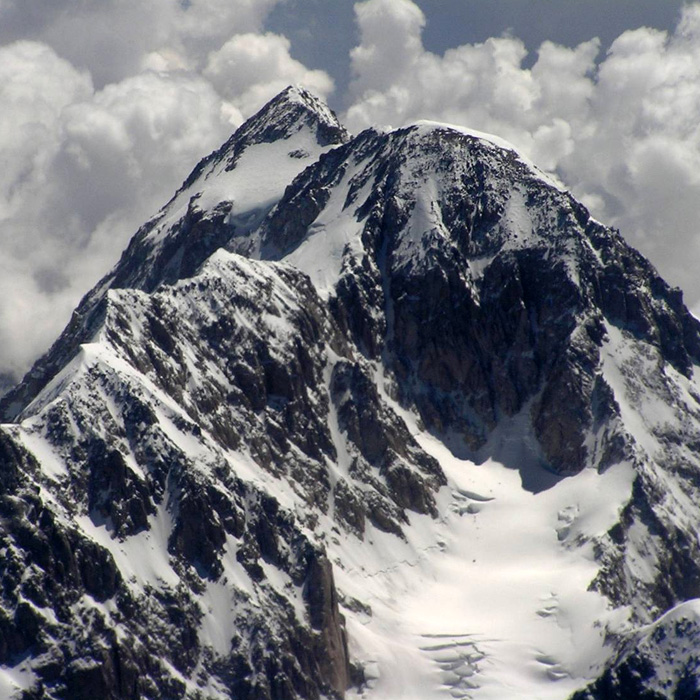
This lofty mountain peak is the highest of the Hidukush range. Tirich Mir can be viewed from a higher place in Chitral Town (Like the rooftop of the hotel where you stay) in clear weather. It can also be viewed from the palace of Chitral’s King. This mountain is also the highest in the world apart from the Himalayas and Karakoram ranges.
Governer Cottage

This is another beautiful building of Chitral. One can easily view Tirich Mir from here in clear weather.
Barmoghlasht

Barmoghlasht is a beautiful and charming resort. It is situated 14.5 kilometers (9 miles) from Chitral. It is definitely a place worth visiting.
Koghazi And Goleen
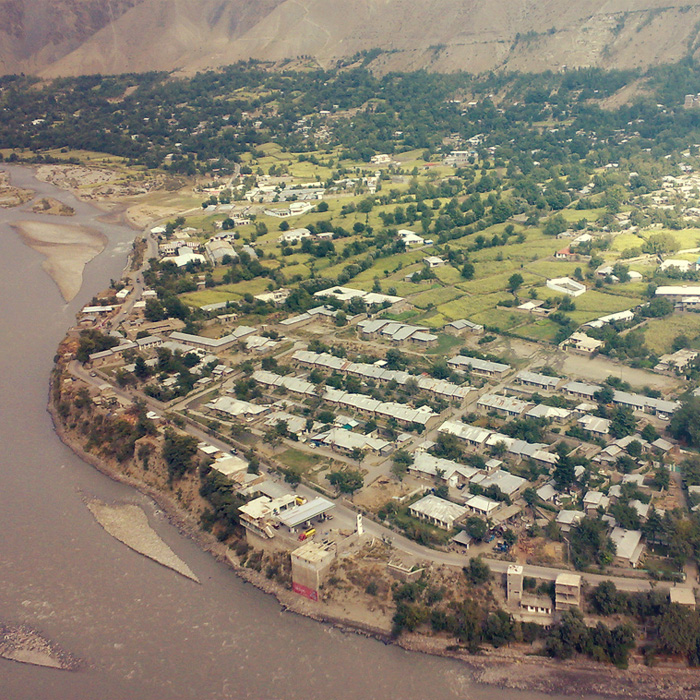
Fourteen kilometers from the town of Chitral; Koghazi and adjacent Goleen are literally a piece of paradise on the earth. This is a valley of flowers, fruits, lush green meadows, canals, waterfalls, springs, and beautiful landscapes.
Chitral Museum
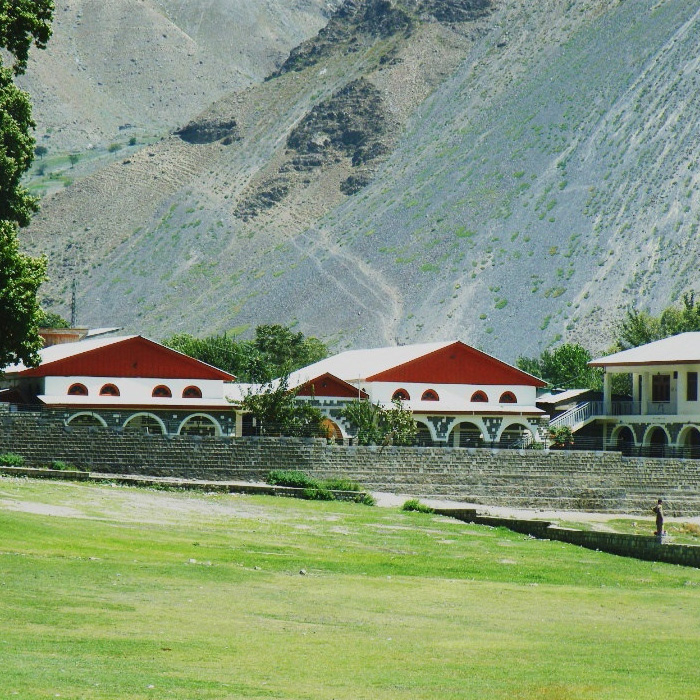
Chitral Museum with antiques, weapons, and other stuff from the old times of monarchies provides great knowledge about the history and culture of Chitral and Kalash people.
Shahi Qila(Shahi Fort)
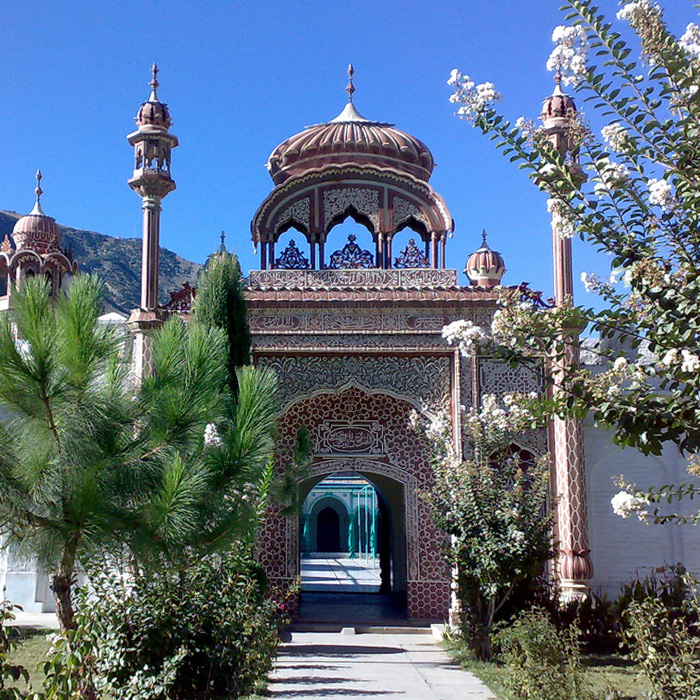
Shahi Masjid of Chitral was built in 1924 A.D. It was built by Shujaul Mulk, the Mehtar of Chitral (1895 – 1936). The mosque is famous for its strong and cultural architectural style.
Polo Ground
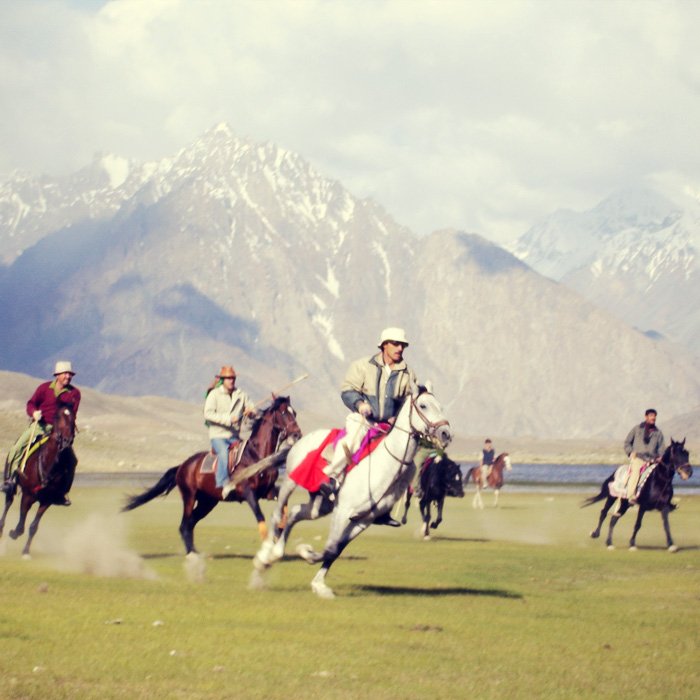
Polo is a famous and perhaps most favorite game of Chitral. There are many polo grounds in Chitral; the famous one is in Chitral Town. A visit to the polo ground will provide you with information about the interesting game of polo, and if you are lucky then there might be a match going on that you can enjoy.
